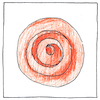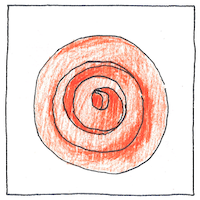Satyendra Nath Bose,
Albert Einstein
physics

|
Bose-Einstein condensate
Satyendra Nath Bose realized that two photons with equal energy are indistinguishable which means that the probability of heads and tails is the same as tails and heads and thereby he invented a new statistics to describe black-body radiation which led Albert Einstein to realize that some particles did not behave like particles and thereby predicted they could condense into a new form of matter in which the particles share a quantum state.
Bose-Fermi universe
We have bosons, named after Satyendra Nath Bose, that can share the same quantum state at the same time, such as photons, and fermions, named after Enrico Fermi, that cannot share a quantum state at the same time, such as electrons, make up a universe of elementary and composite particles and considerable charged spaces between them.
States of matter
Solid, liquid, gas, and other weird states teach us to always say “maybe.” Get serious, to have fun for a certain wacky effect. Helium may crawl up walls, ceramics may superconduct, particles may interact when light-years apart, and even a fool may sometimes be right.



You can search the internet for the phrase “quantum weirdness.” Is it from trying to measure the immeasurable, or is it glimpses of phenomena that our theories cannot explain?
See also in The book of science:
Readings in wikipedia: